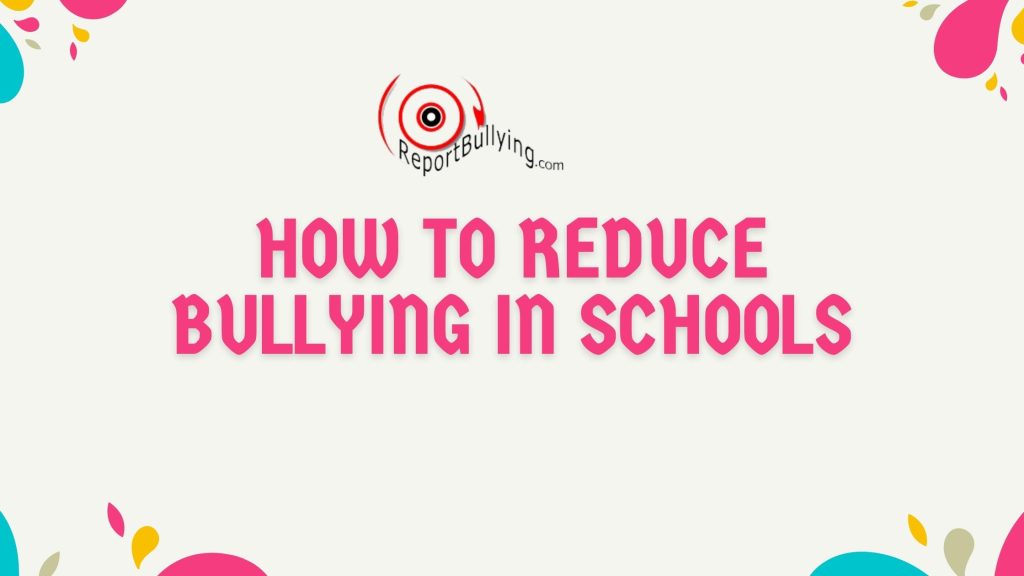Character Education School Exercises | Anti-Bullying

Character Education Follow Up
Assemblies are a great way to educate everyone but as we suggest bullying is just a symptom of bad behavior, and our follow-up online program was designed to focus on these areas. After our anti-bullying assembly, each school will receive ACCESS TO THE follow-up. Includes fun interactive exercises that aid in educating your students on different types of bullying, as well as our key concept- focusing on the role of the bystanders. Each category offers VIDEO-PDF-CERTIFICATES to make each exercise effortless to teach.- Primary (K-3)
- Intermediate (4-6)
- Senior (7-12)
- Teacher tools
- Leadership exercises
- Self-esteem exercises
- Posters to print off
- Morning announcements
- Parenting sections

The Importance of Character Education in Preventing Bullying
Bullying remains a pervasive issue in schools worldwide, affecting students’ mental health, academic performance, and overall well-being. One effective approach to combat this problem is through character education. By instilling core values and ethical behavior in students, character education can create a positive school environment that discourages bullying. Here’s why character education is crucial in preventing bullying:
1. Promotes Empathy and Respect
Character education emphasizes the importance of empathy and respect for others. When students learn to understand and share the feelings of their peers, they are less likely to engage in bullying behavior. Empathy helps students recognize the impact of their actions on others, fostering a more inclusive and supportive school culture1.
2. Builds a Positive School Climate
A school environment that prioritizes character education tends to be more positive and welcoming. Programs that focus on values such as kindness, responsibility, and fairness encourage students to treat each other with respect. This positive climate makes it harder for bullying to take root, as students are more likely to stand up for one another and report bullying incidents2.
3. Encourages Responsible Behavior
Character education teaches students about responsibility and the consequences of their actions. By understanding the importance of making ethical choices, students are more likely to act responsibly and avoid behaviors that could harm others. This sense of responsibility extends to bystanders, who are encouraged to intervene or seek help when they witness bullying3.
4. Develops Conflict Resolution Skills
Many character education programs include training in conflict resolution and problem-solving. These skills are essential for students to navigate social interactions without resorting to bullying. By learning how to resolve conflicts peacefully, students can handle disagreements in a constructive manner, reducing the likelihood of bullying4.
5. Fosters a Sense of Community
Character education helps build a sense of community within the school. Activities that promote teamwork, cooperation, and mutual respect create strong bonds among students. When students feel connected to their peers and school, they are less likely to engage in bullying and more likely to support those who are targeted1.
6. Empowers Students to Be Upstanders
Character education empowers students to become upstanders rather than bystanders. Upstanders are individuals who take action to stop bullying and support victims. By teaching students the importance of standing up against bullying, character education encourages proactive behavior that can significantly reduce bullying incidents3.
Conclusion
Character education is a powerful tool in the fight against bullying. By promoting empathy, respect, responsibility, and conflict resolution, it helps create a school environment where bullying is less likely to occur. Investing in character education not only benefits individual students but also contributes to a safer, more supportive school community.
Parenting Anti Bullying Presentation

